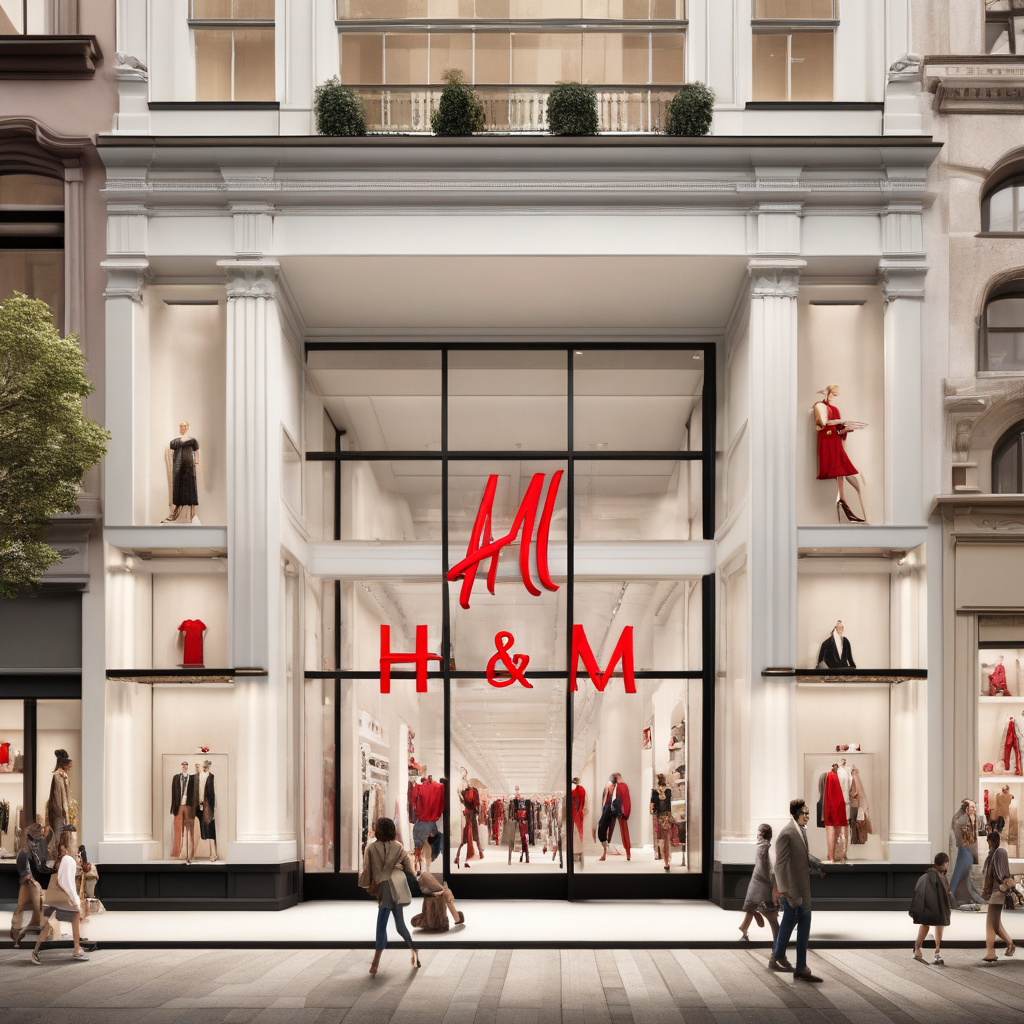H&M Billionaire Quietly Moves Retailer Toward Private Ownership
The Persson family, renowned founders of the global fashion giant H&M, have recently set the business world abuzz with their strategic maneuvers. Despite official statements denying any plans for change, the family’s increasing stake in the company has sparked intense speculation about a potential shift towards taking H&M private.
H&M, known for its trendy yet affordable clothing offerings, has long been a staple in the retail industry, maintaining a strong presence in numerous markets worldwide. However, in the face of evolving consumer preferences and the rise of e-commerce, traditional retailers have been forced to adapt or risk being left behind.
The move towards private ownership, if indeed implemented, could have significant implications for H&M and the fashion industry as a whole. By delisting from the stock exchange and becoming a privately held company, H&M would have more flexibility in terms of business operations and strategic decision-making. This shift could enable the company to focus on long-term growth strategies without the pressure of delivering short-term results to shareholders.
Moreover, going private could shield H&M from the scrutiny of the public markets, allowing the company to make bold moves, such as restructuring initiatives or major investments, with less external interference. This increased autonomy could be instrumental in helping H&M navigate the ever-changing retail landscape and emerge stronger in the competitive market.
While the Persson family has not confirmed any concrete plans for privatization, their recent actions speak volumes. By steadily increasing their ownership stake in H&M, they are signaling their confidence in the company’s future and their readiness to take on a more active role in shaping its direction.
It is essential to note that the retail industry is undergoing a period of transformation, with consumers demanding more sustainable practices, diverse product offerings, and seamless shopping experiences. In this context, H&M’s potential shift towards private ownership could position the company to respond more effectively to these changing dynamics.
Furthermore, the move towards privatization is not unprecedented in the retail sector. Several other major retailers have made similar transitions in recent years, citing the benefits of increased flexibility, reduced regulatory requirements, and the ability to focus on long-term value creation.
As the speculation around H&M’s future continues to grow, industry analysts and stakeholders are closely watching for any official announcements or developments. The potential privatization of H&M could mark a new chapter in the company’s storied history and have far-reaching implications for the broader retail landscape.
In conclusion, while the Persson family’s intentions regarding H&M’s ownership structure remain shrouded in secrecy, their recent actions suggest a subtle yet significant shift towards private ownership. As the retail industry continues to evolve, only time will tell how this potential move will impact H&M’s trajectory and its position in the ever-changing fashion market.
H&M, billionaire, retail, private ownership, fashion industry












